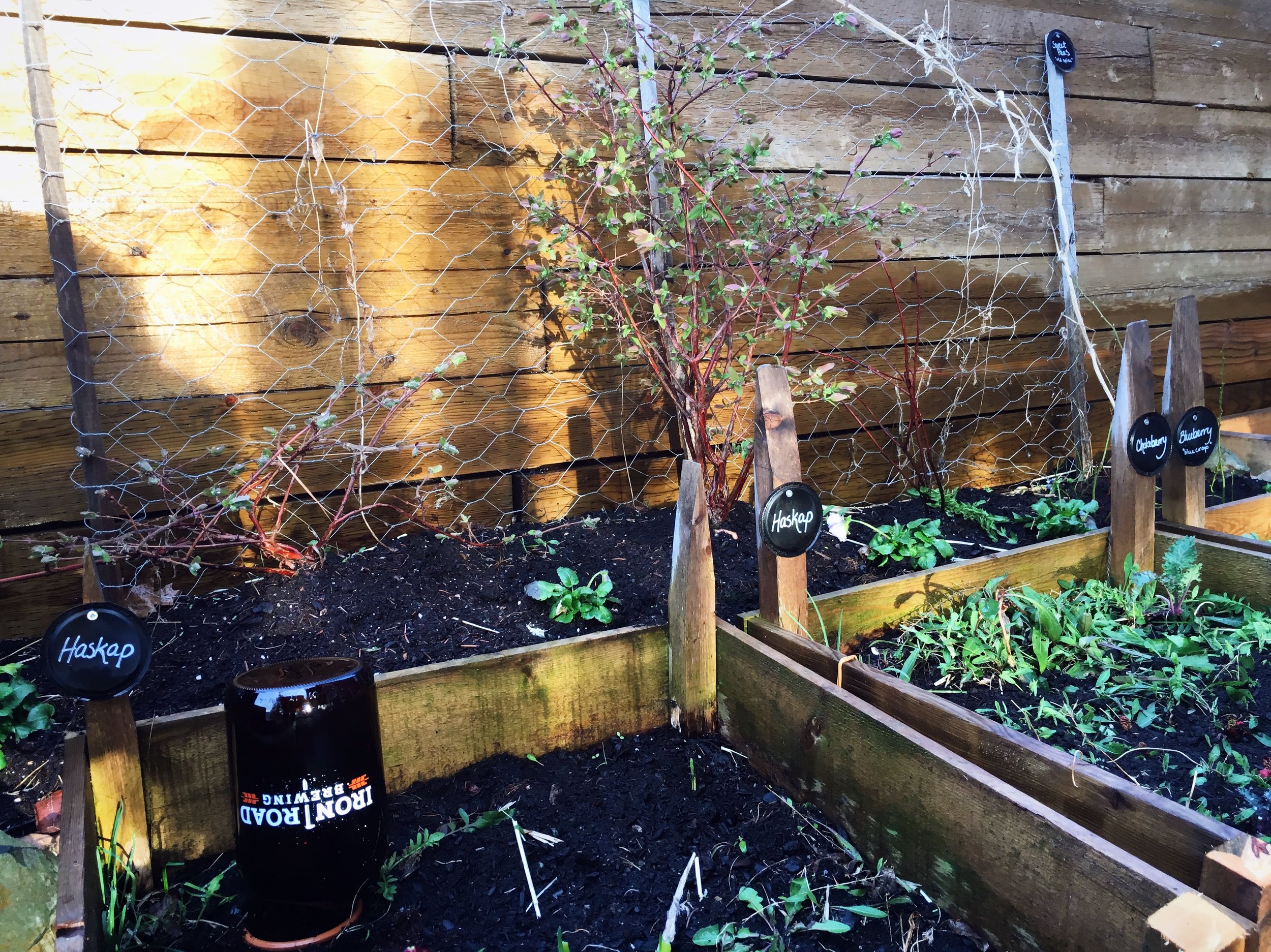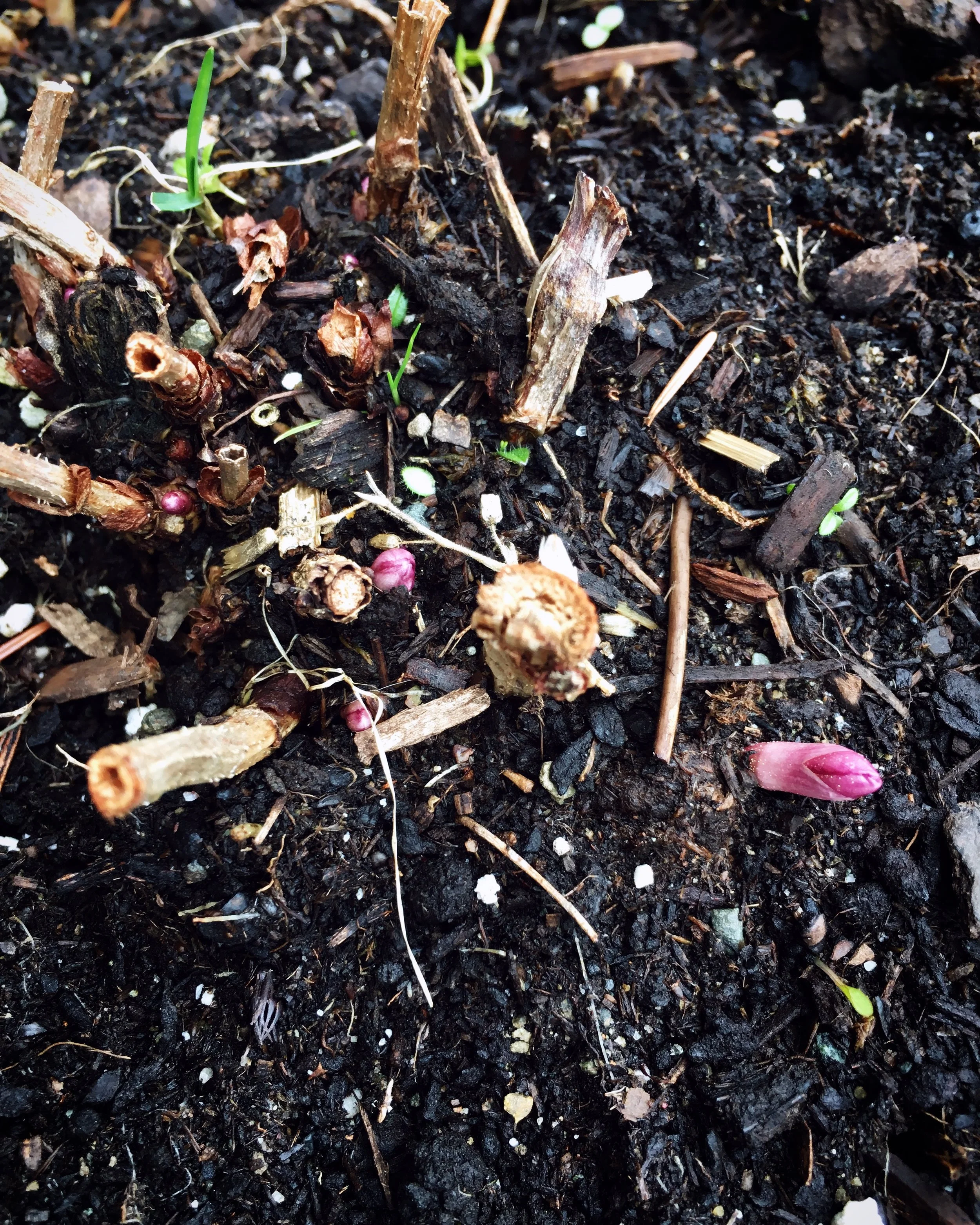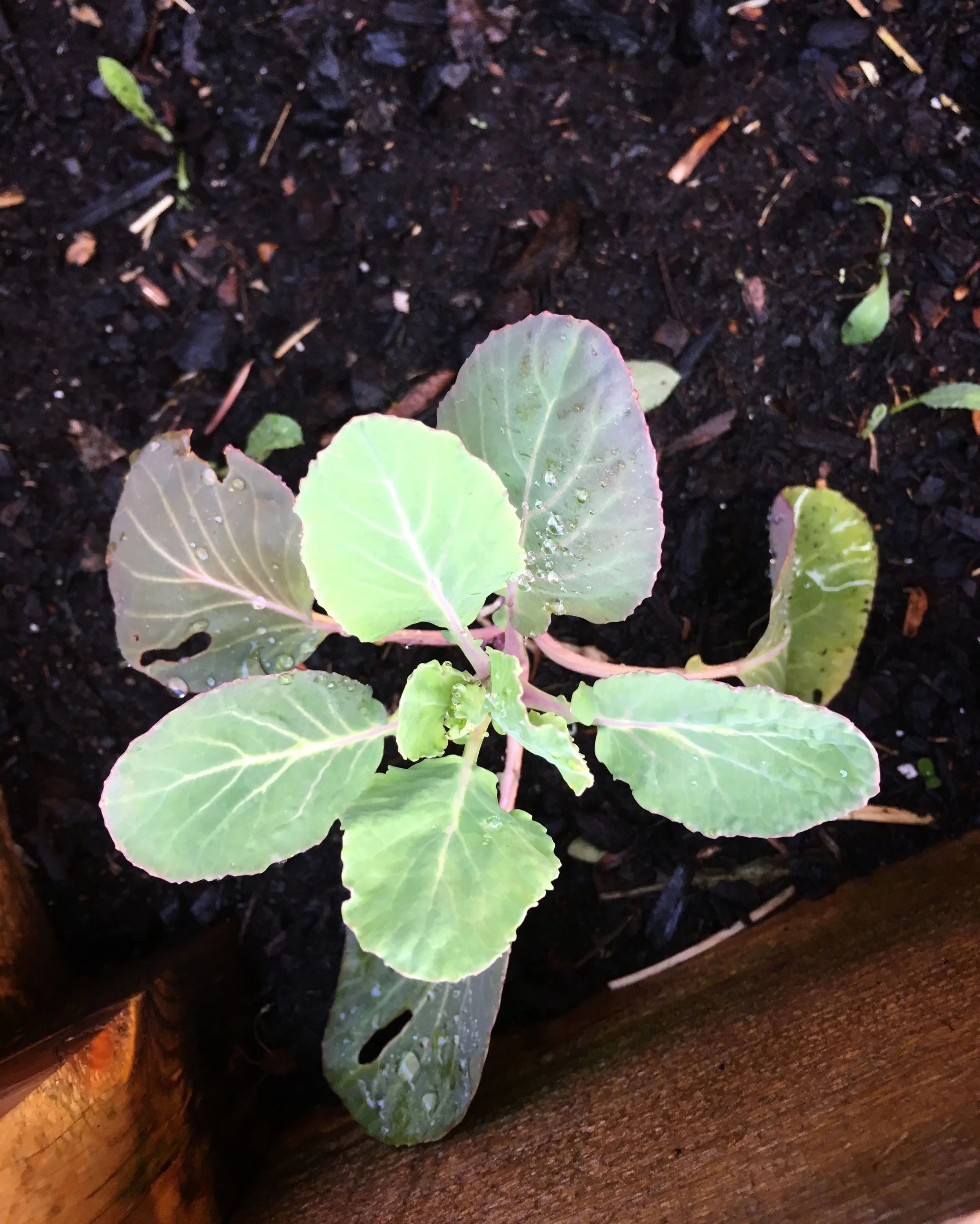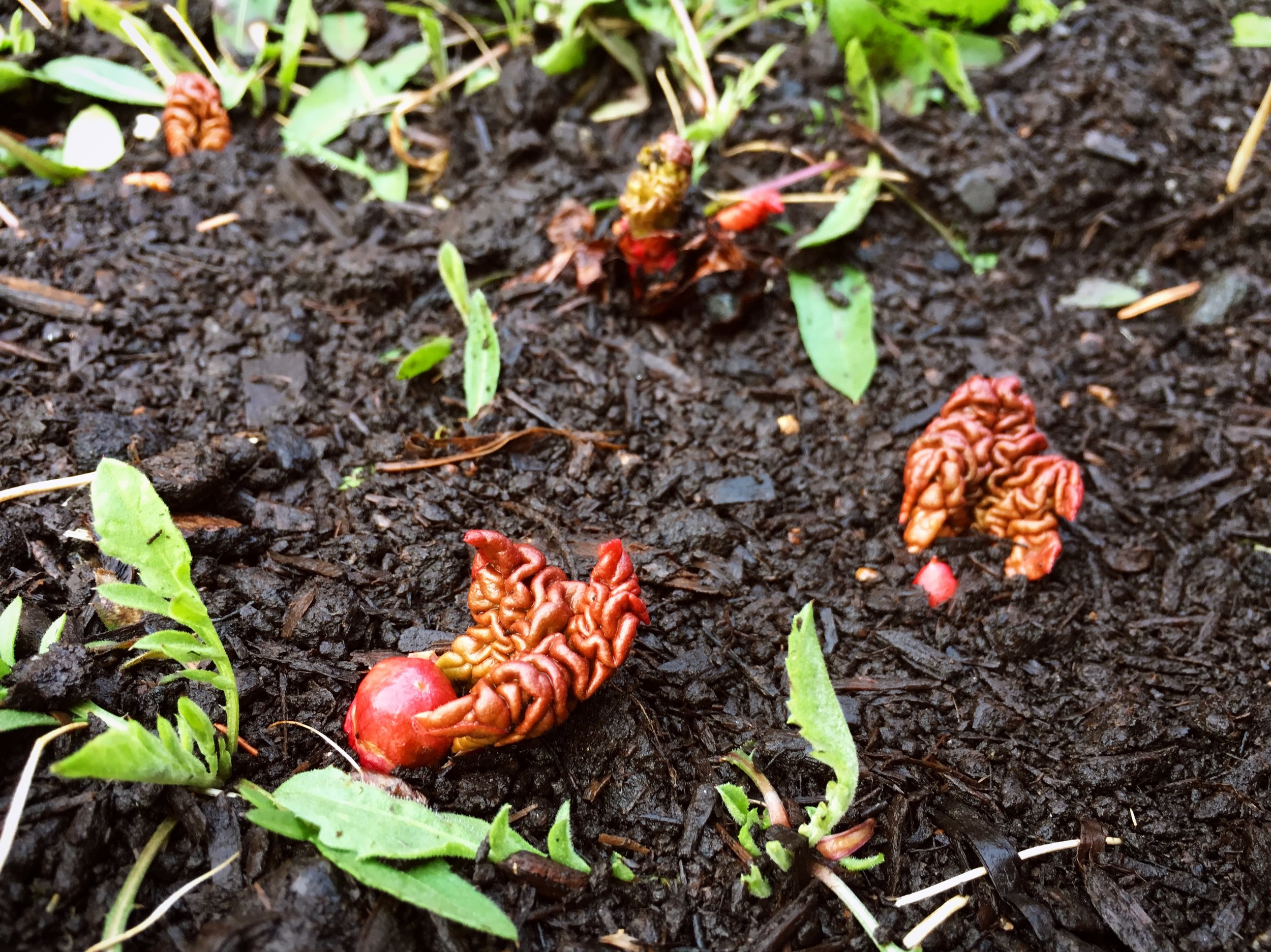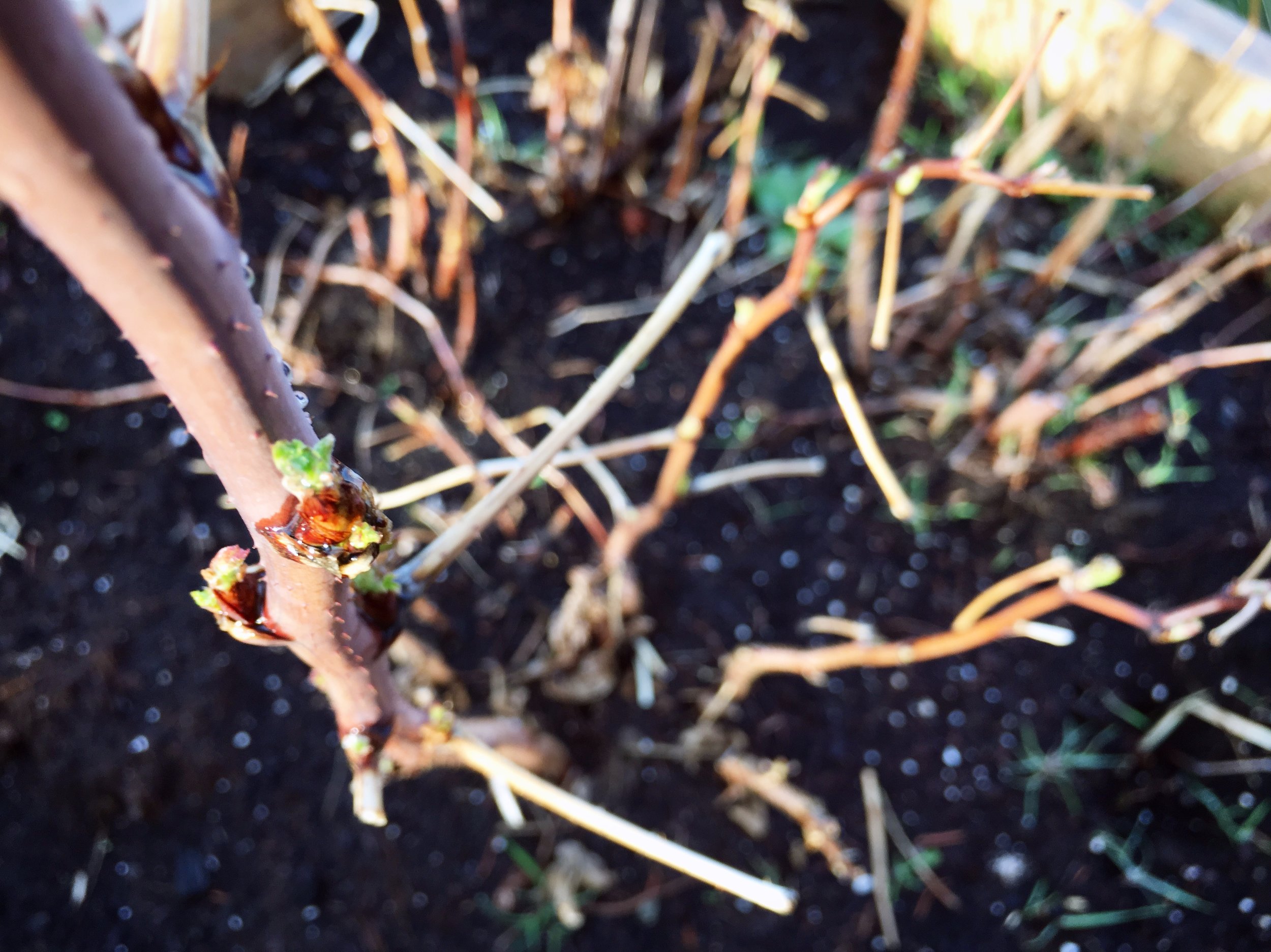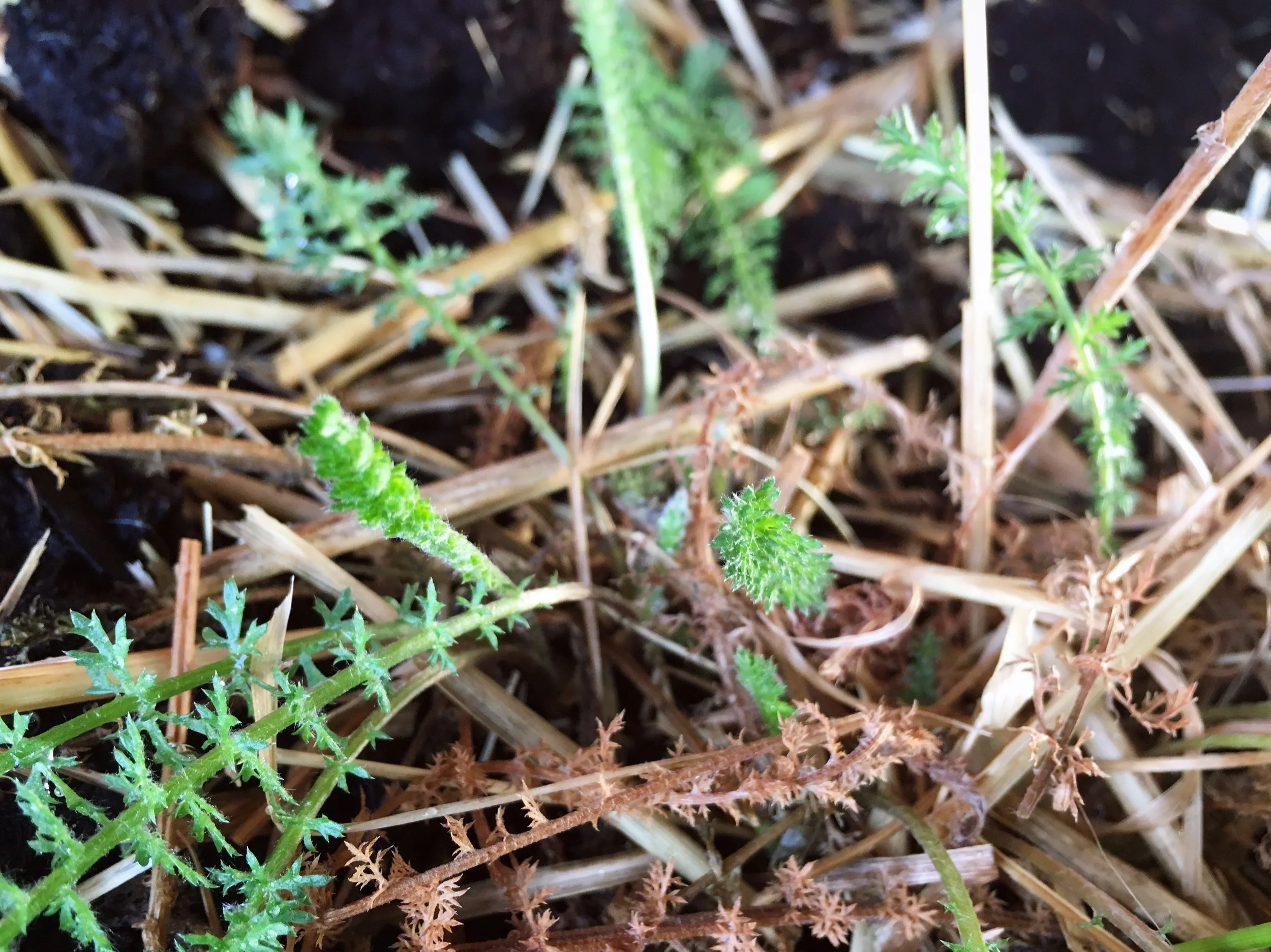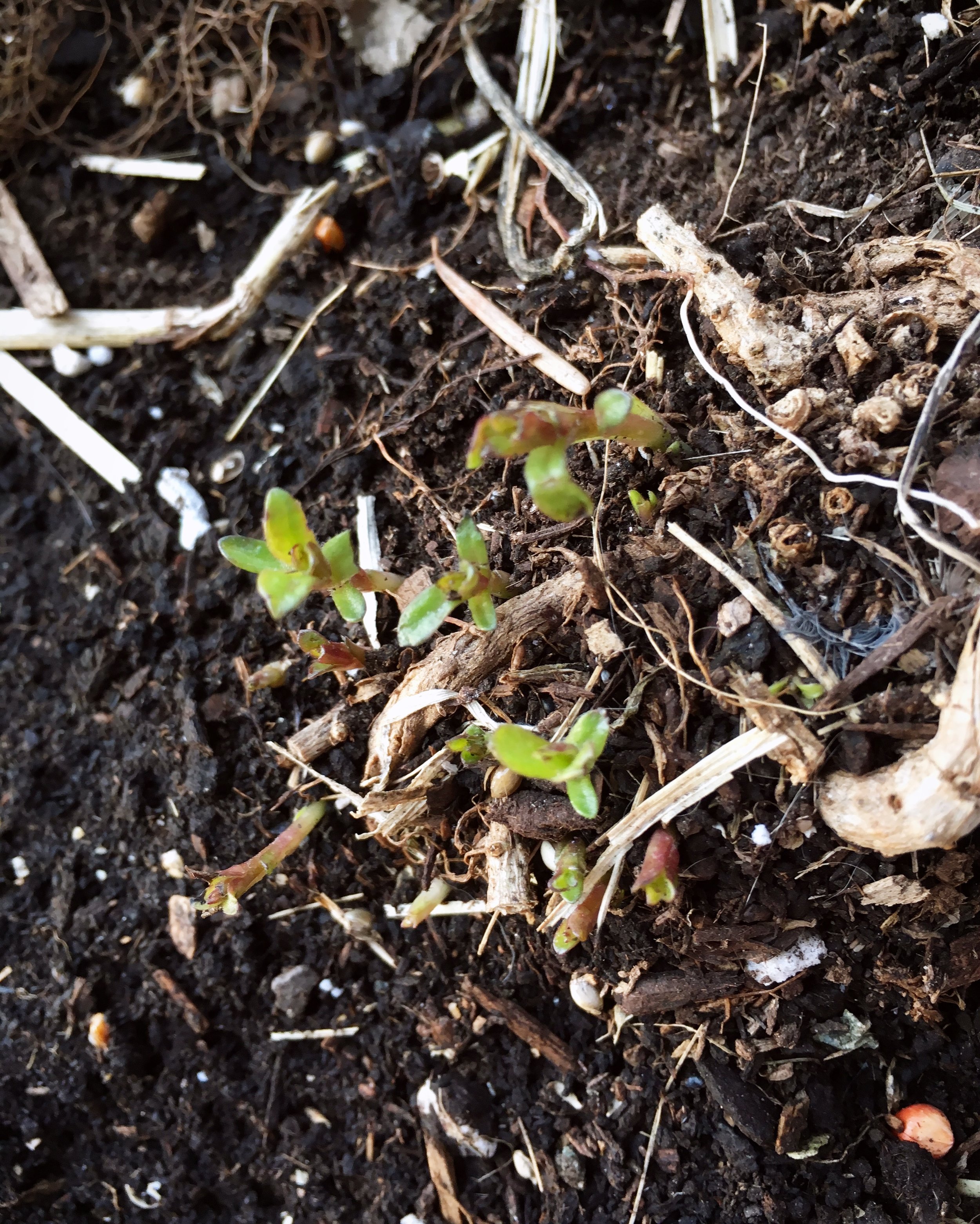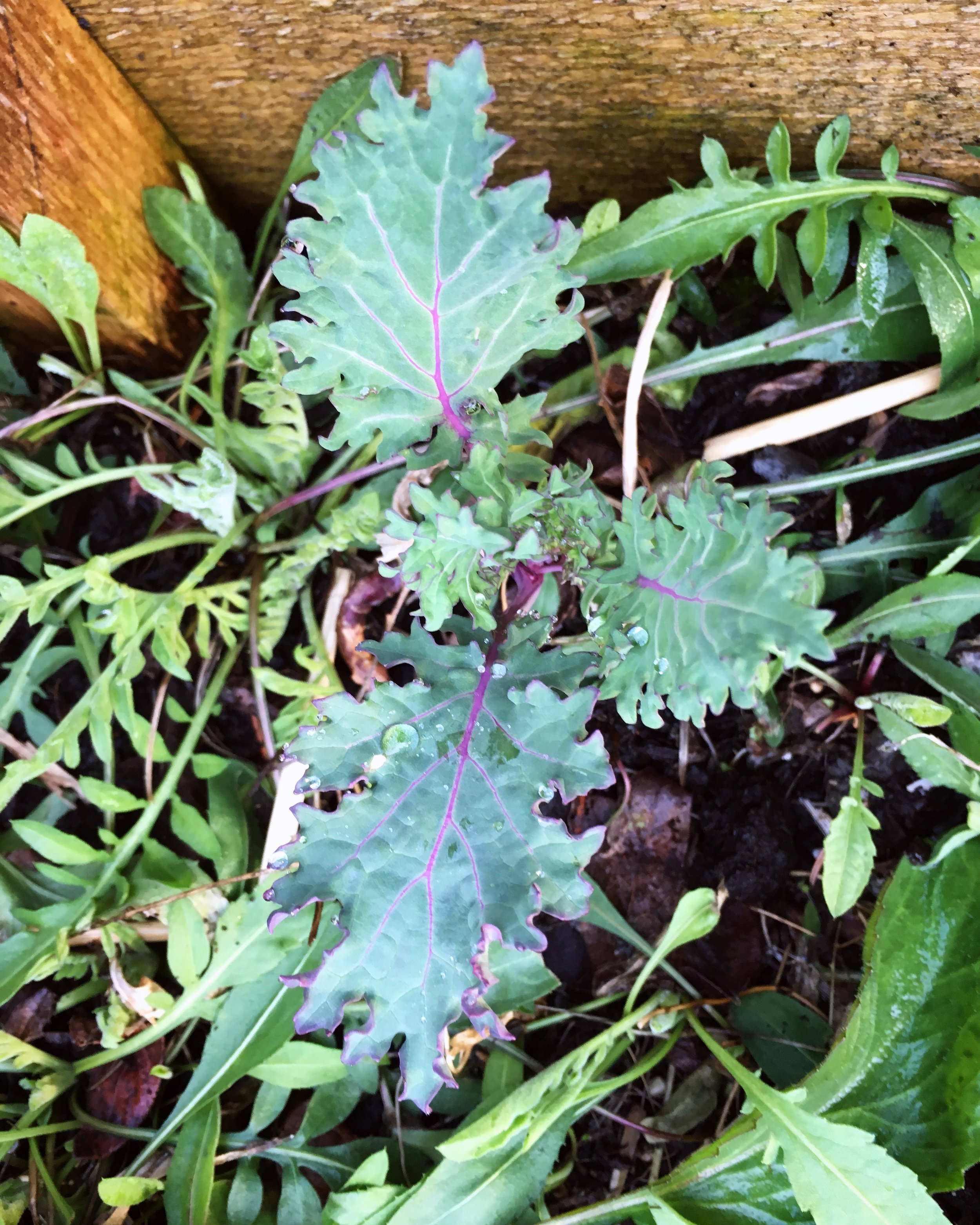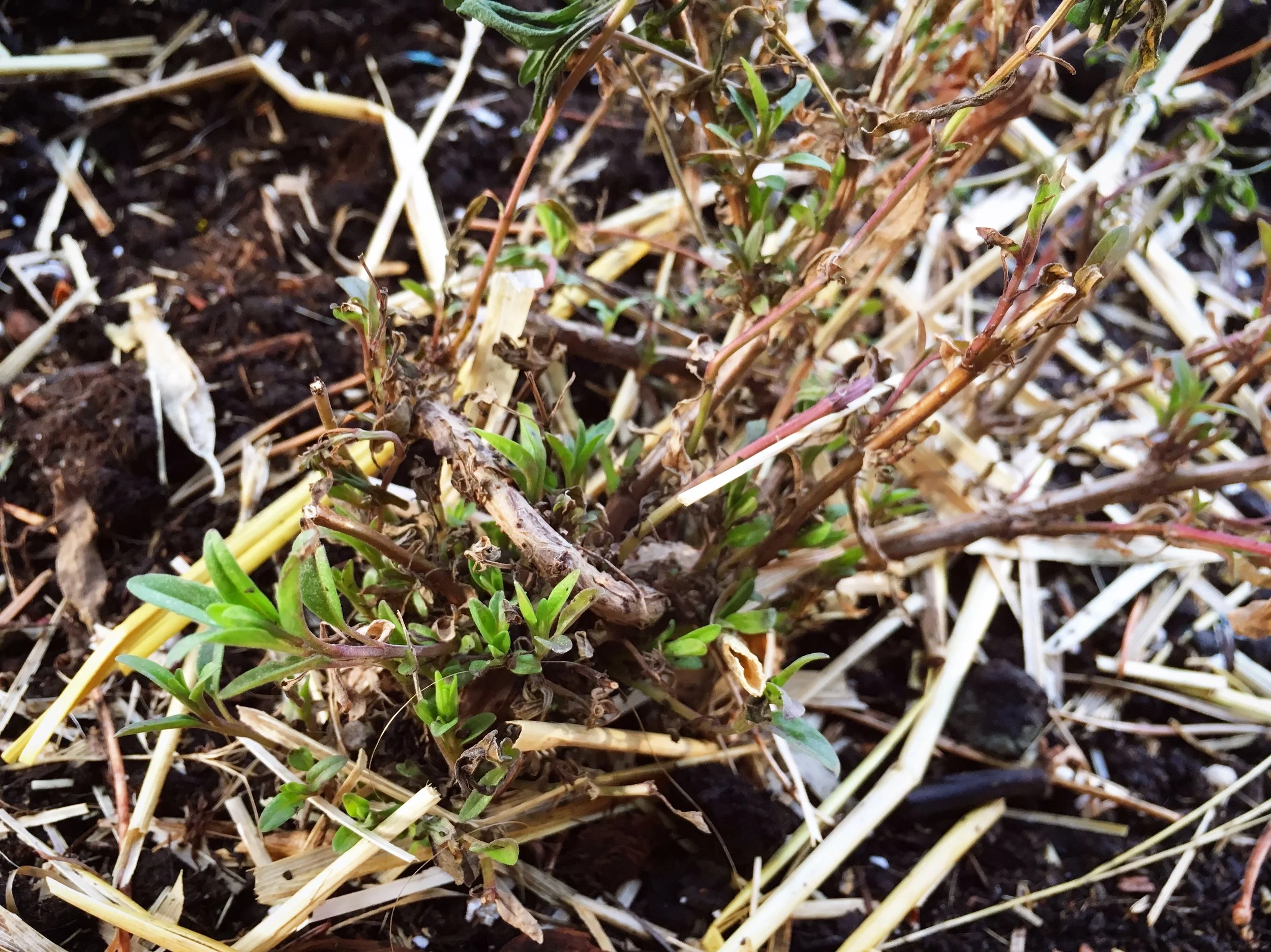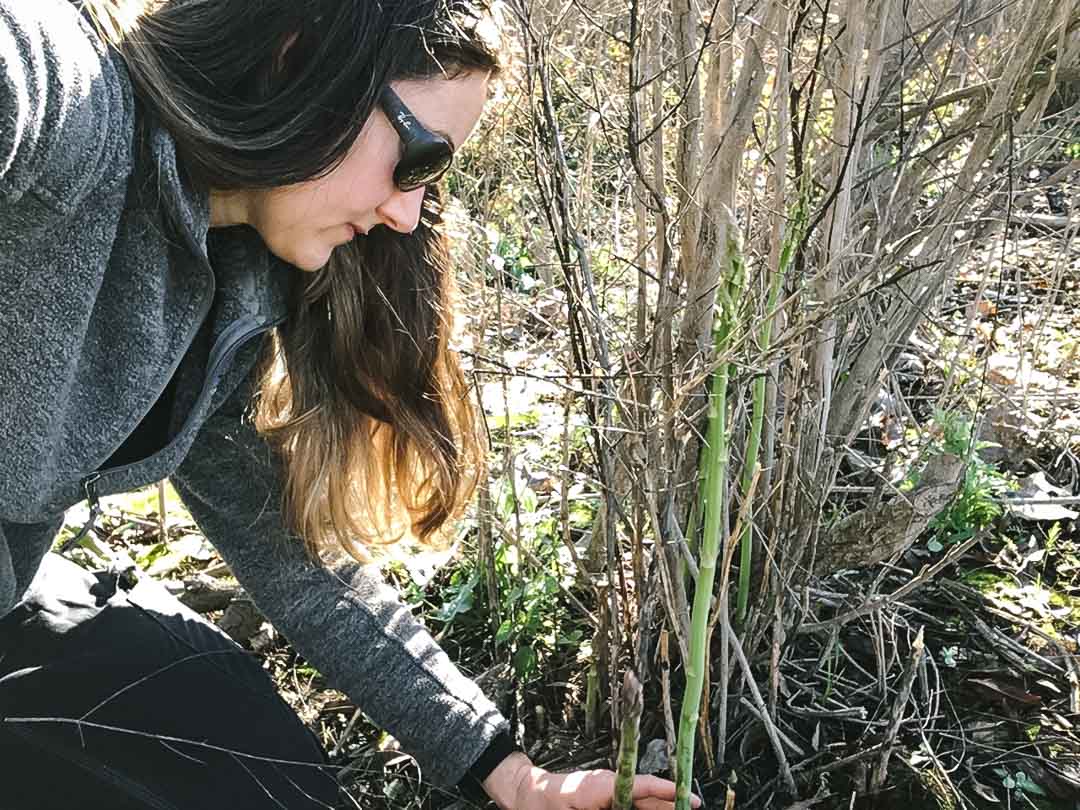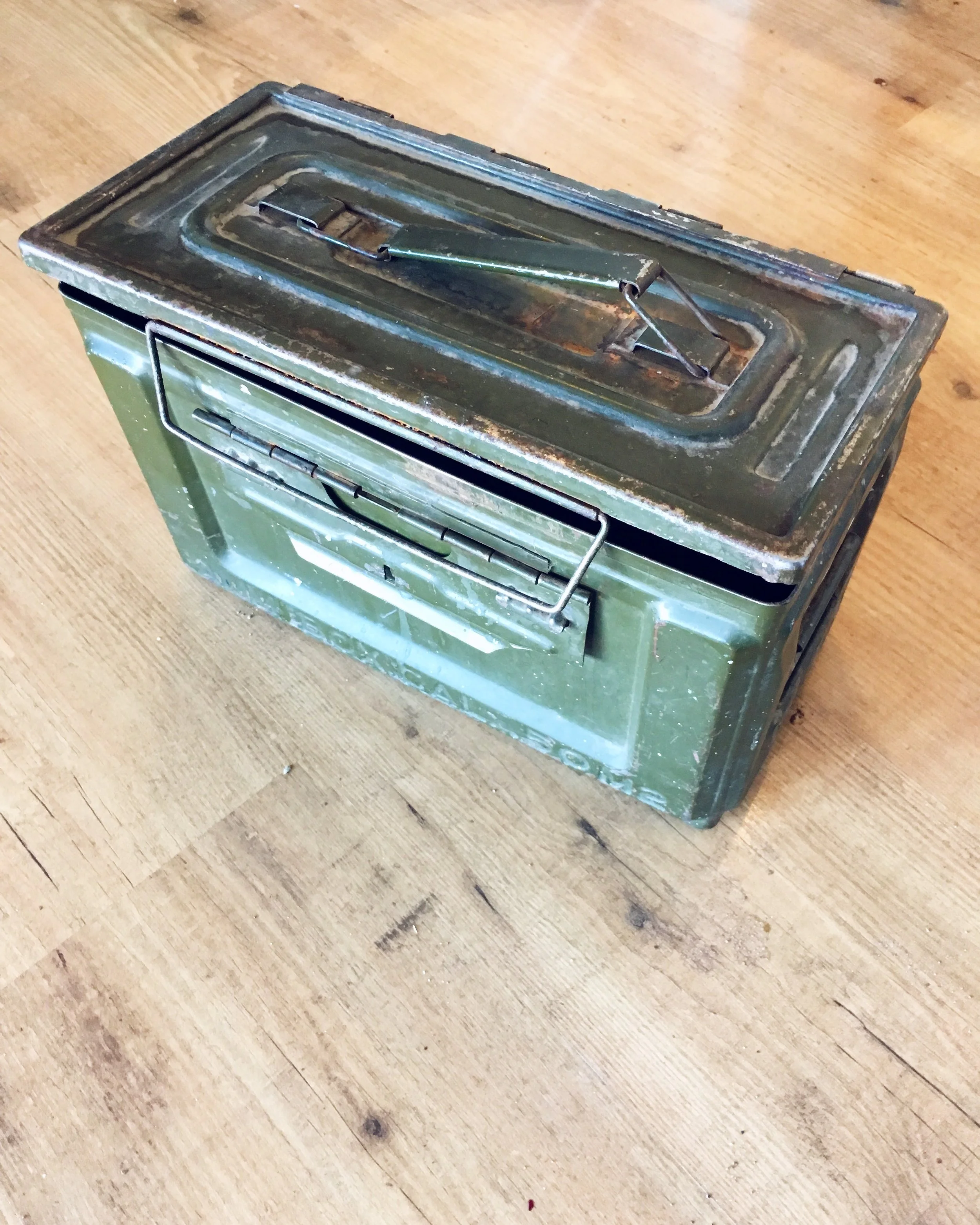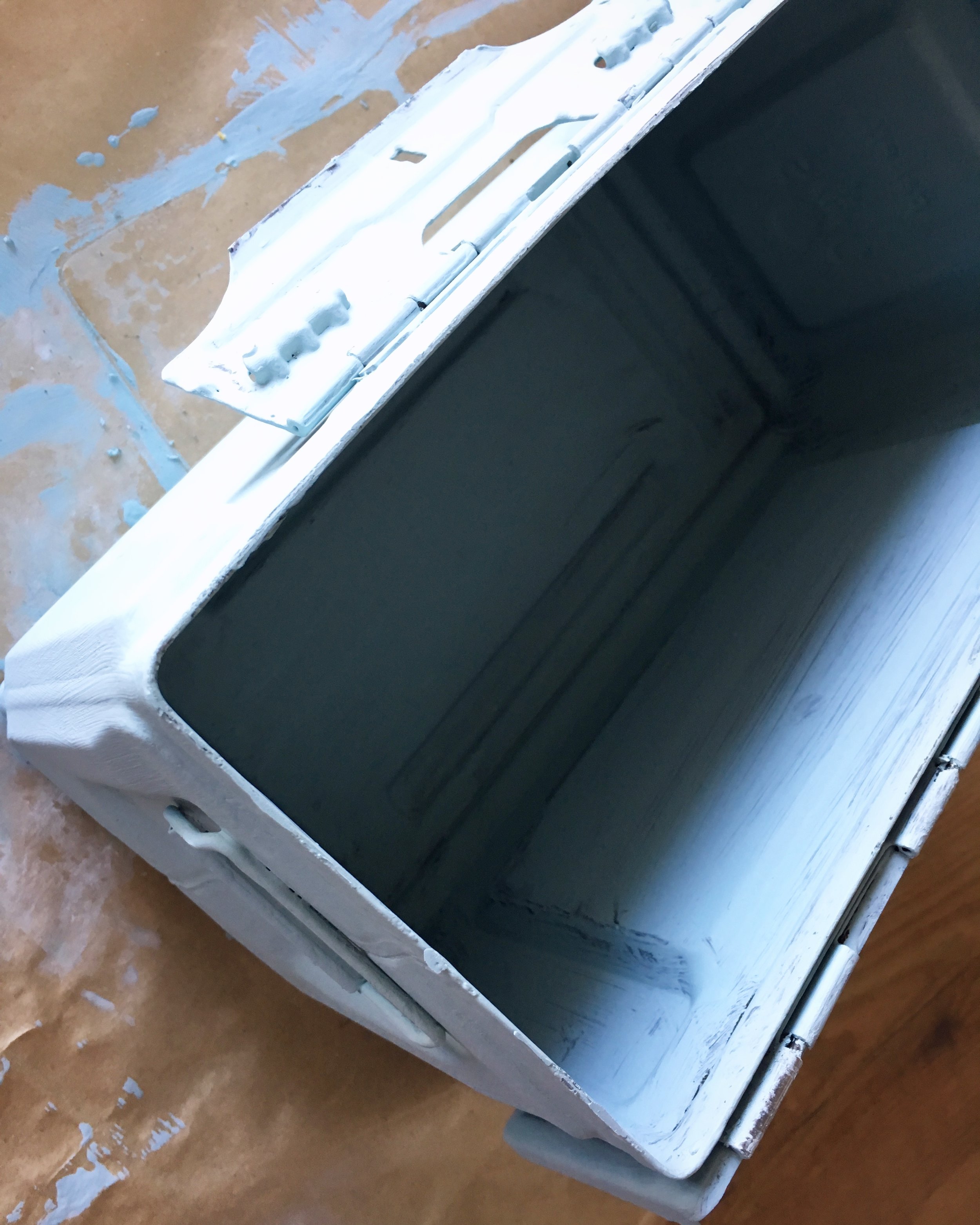March and April Harvest Totals
March and April Harvest Totals
Asterisk denotes foraged item.
- Bunching Onion: 24 g
- Carrots (Danvers): 802 g
- *Dandelion (Greens): 74 g
- *Dandelion (Roots): 14 g
- Kale (Russian Red): 1 g
- Kale (Winterbor): 22g
- Pea Shoots: 93 g
- Sunchokes: 2354 g
Total: 3.384 kg
I think it is amazing that I am able to do a substantial harvest total update a full month earlier than last season. I remember it being particularly cold, and although we had a somewhat delayed beginning to spring this year as well the temperatures seem to be right back on track for everything. A lot of the substantial stuff on this list was overwintered in the garden from last season. If you can do that, it can be pretty handy in early spring when you're wishing for fresh veggies!
This post contains affiliate links. If you purchase something via these link I receive a commission. These are all products I have personally used and would recommend without reservation.






